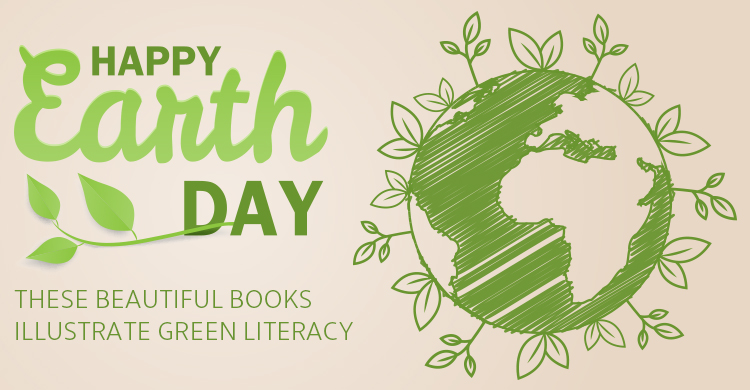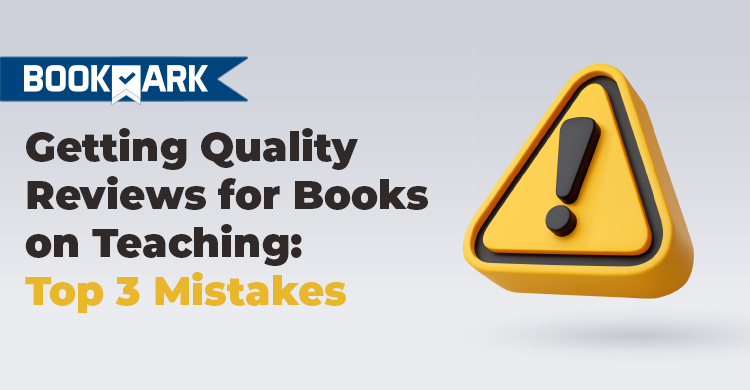Today is Earth Day, a day where we, as teachers, our students, and our school communities, emphasize and honor the importance of our natural, living world and our connections to it. Many of us highlight issues of environmental conservation like recycling in our classrooms and, if we are able to, begin planning for larger projects like planting a school garden or taking a field trip to a nature center.
I like to celebrate Earth Day by engaging in Green Literacy practices like reading and discussing children’s picture books that spark deep and meaningful conversations about environmental issues like how to protect our natural resources (We Are Water Protectors), environmental leadership (The Watcher: Jane Goodall’s Life with the Chimps), and empowering earth stewardship (The Boy Who Harnessed the Wind). These books, like many other books featured by Nature Generation’s Green Earth Book Award, not only entertain but also teach critical lessons about the need to care for our planet.
What is Green Literacy? And why is it so important?
Green Literacy is a way of teaching that develops in-depth thinking, dialoguing, and responding to our relationship with the environment, using children’s books as catalysts. Green Literacy supports teachers in implementing ways to help shape young children’s positive attitudes and proactive behaviors toward their world. By using environmentally-themed picture books that spark conversation and explore concepts such as recycling, energy conservation, and biodiversity in an accessible way, we can lay the groundwork for young people to ask questions about their world. Asking questions may lead some of them to action, and we all know each action toward helping the planet, big or small, will lead us all to a sustainable future. These books are meant to nurture a love for nature and equip students with skills to become responsible global citizens.

How great picture books inspire ecological empathy in young people
Picture books are key to introducing environmental ideas, earth stewardship stories, and ecological principles to children. Picture books, like Rachel Carson and Her Book That Changed the World and Shark Lady use vibrant, thought-provoking illustrations and engaging narratives to break down complex ecological concepts into manageable lessons for young minds. They highlight the beauty of nature and the importance of its preservation. Most importantly, picture books like Lola Plants a Garden and Seeds of Change: Wangari’s Gift to the World cultivate a sense of empathy and responsibility toward the environment. I leverage these books to inspire interactive small and large group discussions and extended writing activities, reinforcing the values of sustainability and environmental care in students.
Helpful tips for choosing the right books for Earth Day
Lucky for us, there are so many wonderful books to use on Earth Day. Some teachers prepare their list of books well in advance, selecting titles such as One Plastic Bag: Isatou Ceesay and the Recycling Women of the Gambia, Bee & Me and The EARTH Book. These stories not only entertain but also inspire students to engage in environmental protection.

Some essential questions you should ask yourself to ensure a book effectively engages students in environmental themes:
- Does the book create a link between people and the environment?
- Does the book make students think deeply about environmental issues when they read a story or learn from nonfiction?
- Can students come up with various answers and viewpoints on the environmental themes in the story?
- Can students relate the environmental stories to their own local or global surroundings, potentially leading to actions that care for the Earth?
- Does the book explore how different cultures respond to environmental issues and show how these issues impact various communities?
- Does the book provide information about past environmental movements and explain how these movements have influenced current policies and attitudes toward conservation and sustainability?
- Does the book help students understand how individual, community, and global actions are all connected and influence each other in the context of the environment?
- Does the book encourage students to feel empathy for those affected by environmental issues and inspire them to work together to find solutions?
Questions like these help me consider how I might craft an impactful learning activity for Earth Day.
Integrating fantastic picture books into exciting Earth Day activities
I like to maximize the impact of Earth Day-themed picture books and incorporate them into fun, hands-on educational activities that emphasize our interconnectedness with nature. After exploring Butterflies Belong Here: A Story of One Idea, Thirty Kids, and a World of Butterflies, newcomer students might discuss the personal connections between monarch butterflies’ journey and their own. Pairing Outside In with a classroom Wonder Walk can highlight practical aspects of sustainability. Best of all, these fun eco-activities help solidify the lessons from the books, encouraging students to apply them in real-world contexts.

Celebrate the Earth every day with love, advocacy, and eco-literacy
What I love about Earth Day is how it’s a perfect way to motivate students to apply their Earth Day knowledge to real-life actions. From community clean-ups, tree planting, or school recycling programs, these activities, coupled with a picture book as support, allow students to see the direct impact of their efforts, reinforcing the importance of environmental stewardship and encouraging a proactive approach to sustainability.
For teachers like me who practice Green Literacy, every day is Earth Day. When we consistently have our students interact with urgent environmental issues through impactful picture books that spark critical dialogue and action-driven activities, we empower them (and maybe even ourselves!) to be diligent protectors of a healthier, greener world.
Happy Earth Day!
About the Author
Jen Cullerton Johnson lives, writes and teaches in Chicago. She is the author of several published books, essays, and short stories for children and adults. She has been awarded grants and fellowships for her writing and speaking.In the mid-2000s, with Dr. Mary K. Gove, she co-founded Green Literacy, a framework that aligns educational institutions with lifelong ecological stewardship.







